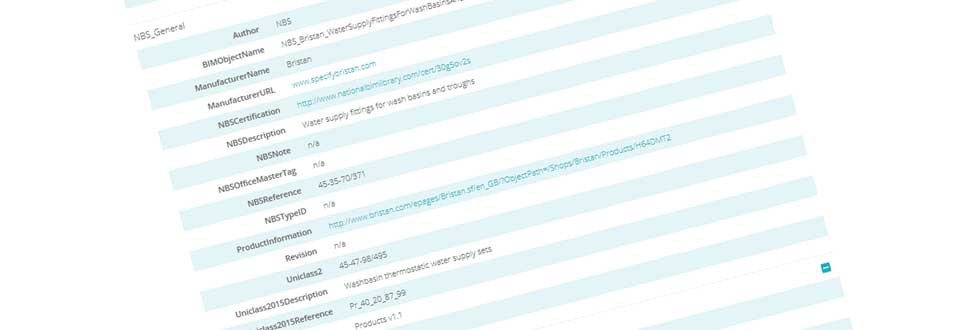The future of construction is driven by information but what do we mean by ‘information’ when it comes to BIM? We explore the realities of digital construction and the information powering the revolution.
BIM is a process
So, what BIM does is provide a digital description that incorporates every aspect of an asset. What BIM is is a cradle to grave process in which information is created and then managed across the asset lifecycle – before, during, and long after construction.
From beginning to end, the BIM process is also a collaborative effort: design team members work to eliminate clashes between structure and services prior to the project going to site; owners, architects and contractors work proactively to ensure that every element fits and performs the way it’s supposed to; and the facilities management team ensures the best functionality and life value of the asset until its demolition.
It’s a data revolution
BIM is also something of a data revolution that changes the way we share information and collaborate on projects. It is part of the wider digital revolution that has seen music and film reduced to digital information available for download. Where previously documents such as drawings, schedules and specifications were written, now they’re being digitally generated from well-structured information models. The end game is to embrace a way of working that sees that digital information flow from inception through to demolition – providing efficiency and accuracy savings all along the way.
Source: The information in BIM | NBS


